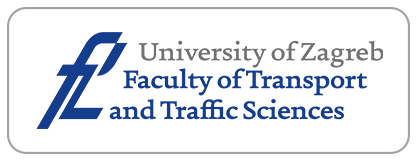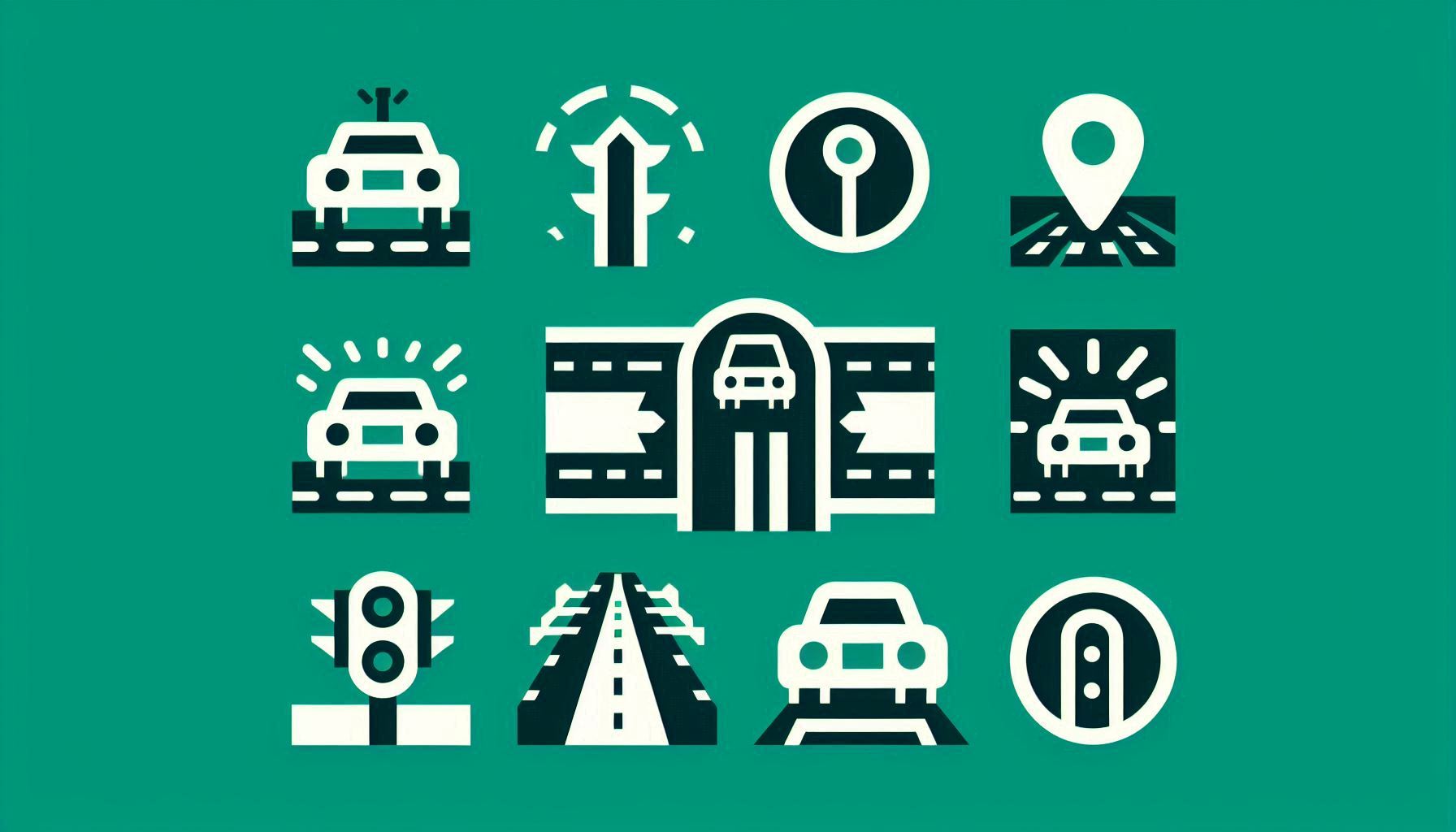Passenger Satisfaction Analysis of an Urban Subway Based on Travel Behaviour Characteristics

Downloads
The study explores the relationship between subway passenger satisfaction and passenger travel behaviour characteristics from the perspective of subway passengers. This study takes Qingdao as an example and designs a questionnaire that includes the basic personal information and travel behaviour characteristics of passengers and evaluates their subway satisfaction. A total of 6340 valid questionnaires were obtained through the combination of online surveys and on-site random surveys. By using the fuzzy synthetic evaluation, the overall score of passenger satisfaction with the Qingdao subway is determined. According to the relationship between passenger satisfaction and travel behaviour characteristics, the chi-square test is used to select the correlation variables group. The results show that there is no significant correlation among the satisfaction of subway passengers, the main means of transportation and the availability of private cars; the frequency of taking the subway is related to the satisfaction of subway passengers; and the purpose of travelling and the reasons for choosing the subway are significantly related to the satisfaction of subway passengers. Finally, based on the analysis of the differences in satisfaction under different conditions, some suggestions were proposed to improve the satisfaction of subway passengers.
Downloads
Marinov M, et al. Analysis of customer services in railway passenger stations using a holistic method - Application to Newcastle Central Station. Transport Problems: an International Scientific Journal. 2014;9:61-70.
Wei B. Evaluation of high-speed railway passenger service quality based on multi-level fuzzy analysis. Gansu Science and Technology. 2019;18:47-53.
Nastisin L, et al. Analysis of perceived customer satisfaction in the context of rail transport: A case study of the Slovak market. Entrepreneurship and Sustainability Issues. 2022;9:427-438. DOI: 10.9770/jesi2022.9.4(23).
Monsuur F, Enoch M, Quddus M, Meek S. Investigating the role of preference variation in the perceptions of railway passengers in Great Britain. Transportation. 2023;1-27. DOI: 10.1007/s11116-023-10397-x.
Friman M, Tommy G. Frequency of negative critical incidents and satisfaction with public transport services. Journal of Retailing and Consumer Services. 2001;8:0-114. DOI: 10.1016/s0969-6989(00)00004-7.
Stradling S, Anable J, Carreno M. Performance, importance and user disgruntlement: A six-step method for measuring satisfaction with travel modes. Transportation Research Part A: Policy and Practice. 2006;41:98-106. DOI: 10.1016/j.tra.2006.05.013.
Habib K, Kattan L, Islam M. Model of personal attitudes towards transit service quality. Journal of Advanced Transportation.2011;45:271-285. DOI: 10.1002/atr.106.
Nwachukwu A. Assessment of passenger satisfaction with intra-city public bus transport services in Abuja, Nigeria. Journal of Public Transportation. 2014;17:99-119. DOI: 10.5038/2375-0901.17.1.5.
Singh S. Assessment of passenger satisfaction with public bus transport services: A case study of lucknow city (India). Nephron Clin Pract. 2017;11:107-128. DOI: 10.1515/sbe-2016-0039.
Kesten A, Öğüt K. A new passenger oriented performance measurement framework for public rail transportation systems. Promet (Zagreb). 2014;26:299-311. DOI: 10.7307/ptt.v26i4.1314.
Mouwen A. Drivers of customer satisfaction with public transport services. Transportation research Part A: Policy and Practice. 2015;78:1-20. DOI: 10.1016/j.tra.2015.05.005.
Shen W, Xiao W, Wang X. Passenger satisfaction evaluation model for urban rail transit: A structural equation modeling based on partial least squares. Transport Policy. 2016;46:20-31. DOI: 10.1016/j.tranpol.2015.10.006.
Nezir A. A fuzzy-based multi-dimensional and multi-period service quality evaluation outline for rail transit systems. Transport Policy. 2017;55:87-98. DOI: 10.1016/j.tranpol.2017.02.001.
Liu M, Huang T. Fuzzy comprehensive evaluation of customer satisfaction based on ACSI in Chengdu metro. Journal of Yunnan Minzu University (Natural Sciences Edition). 2018;27:159-162.
Azmi M, et al. The influence of service quality and passenger satisfaction towards electric train services (ETS): A PLS-SEM approach. Foundations of Management. 2019;11:57-64. DOI: 10.2478/fman-2019-0005.
Pan F, et al. Analysis of psychologies and behaviors of subway crowds under special events based on survey. Journal of Transportation Safety & Security. 2019;13:460-475. DOI: 10.1080/19439962.2019.1645774.
Xu X, et al. Improving service quality of metro systems—A case study in the Beijing metro. IEEE Access. 2020;8:12573-12591. DOI: 10.1109/ACCESS.2020.2965990.
Ibrahim ANH, et al. Factors influencing passengers’ satisfaction with the light rail transit service in alpha cities: Evidence from Kuala Lumpur, Malaysia using structural equation modelling. Mathematics. 2021;9:2227-7390. DOI: 10.3390/math9161954.
Li L, Gao T, Yu L, Zhang Y. Applying an integrated approach to metro station satisfaction evaluation: A case study in Shanghai, China. International Journal of Transportation Science and Technology. 2021;11:780-789. DOI: 10.1016/j.ijtst.2021.10.004.
Li Q, Liu R, Zhao J, Liu H. Passenger satisfaction evaluation of public transport using alternative queuing method under hesitant linguistic environment. Journal of Intelligent Transportation Systems. 2022;26:330-342. DOI:10.1080/15472450.2020.1859375.
Verma M, Das A, Rikhi S. Analysing factors influencing usage of metro services in Bengaluru, India. Bengaluru, India: Arco/Libros; 2023.
Obsie A, Woldeamanuel M, Woldetensae B. Service quality of Addis Abiba light rail transit: Passengers’ views and perspectives. Urban Rail Transit. 2020;6:231-243. DOI: 10.1007/s40864-020-00135-2.
Ibrahim ANH. Gender and age do matter: Exploring the effect of passengers’ gender and age on the perception of light rail transit service quality in Kuala Lumpur, Malaysia. Sustainability. 2021;13:990. DOI: 10.3390/su13020990.
Guo J, Li X. Research on influencing factors of passenger satisfaction of urban rail transit based on SEM. China Transportation Review. 2022;44:87-95. DOI: 10.3390/su13020990.
Papagiannakis A, Yiannakou A. Do citizens understand the benefits of transit-oriented development? Exploring and modeling community perceptions of a metro line under construction in Thessaloniki, Greece. Sustainability. 2023;14:7043. DOI: 10.3390/su14127043.
Wang C, Wang J. A deep analysis of multiple data and its realization in SPSS. Journal of Inner Mongolia University of Finance and Economics. 2010;8:75-78. DOI: 10.13895/j.cnki.jimufe.
Copyright (c) 2025 Fuquan PAN, Shuai CHENG, Lixia ZHANG, Xiaoxia YANG, Jinshun YANG

This work is licensed under a Creative Commons Attribution-NonCommercial 4.0 International License.




















